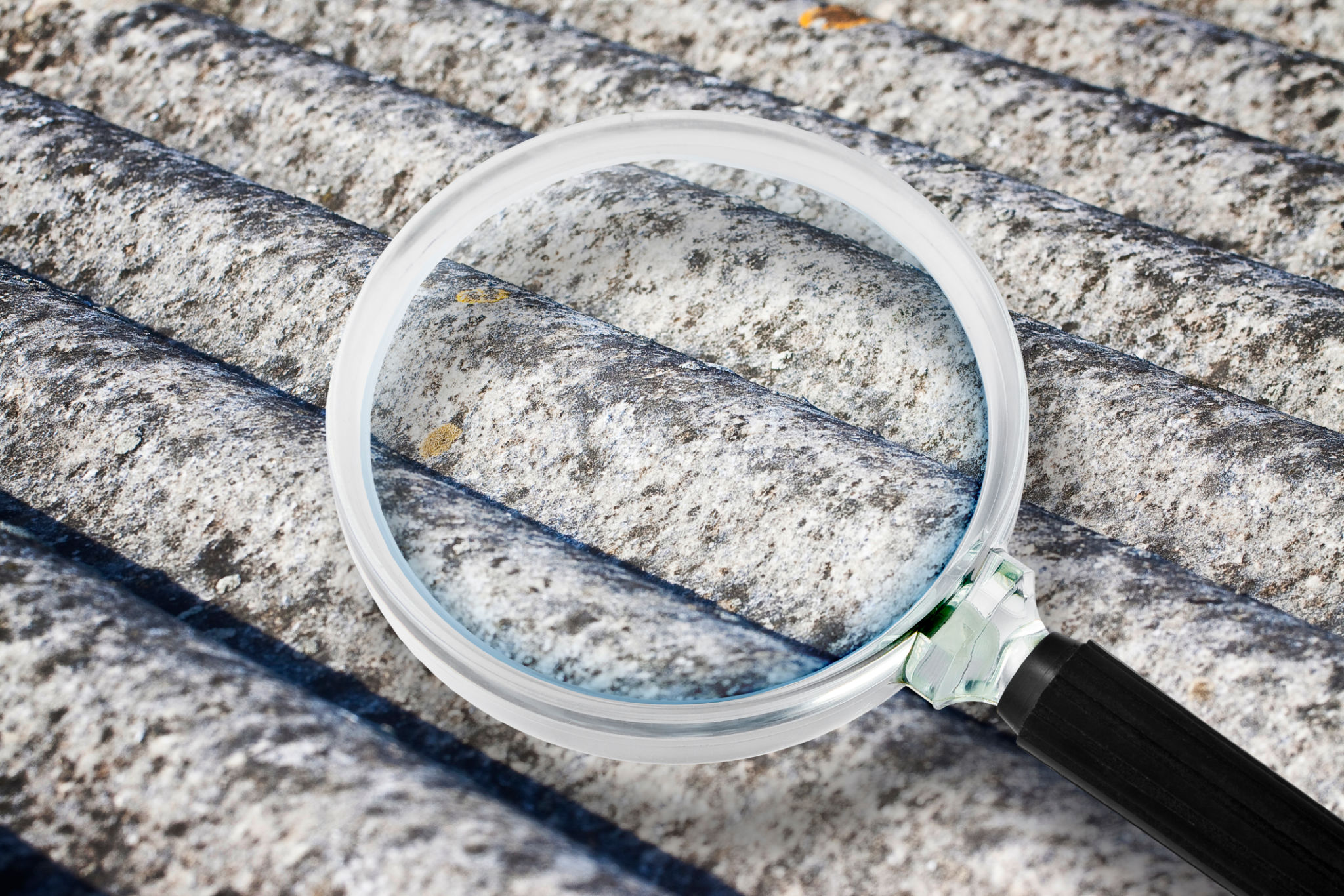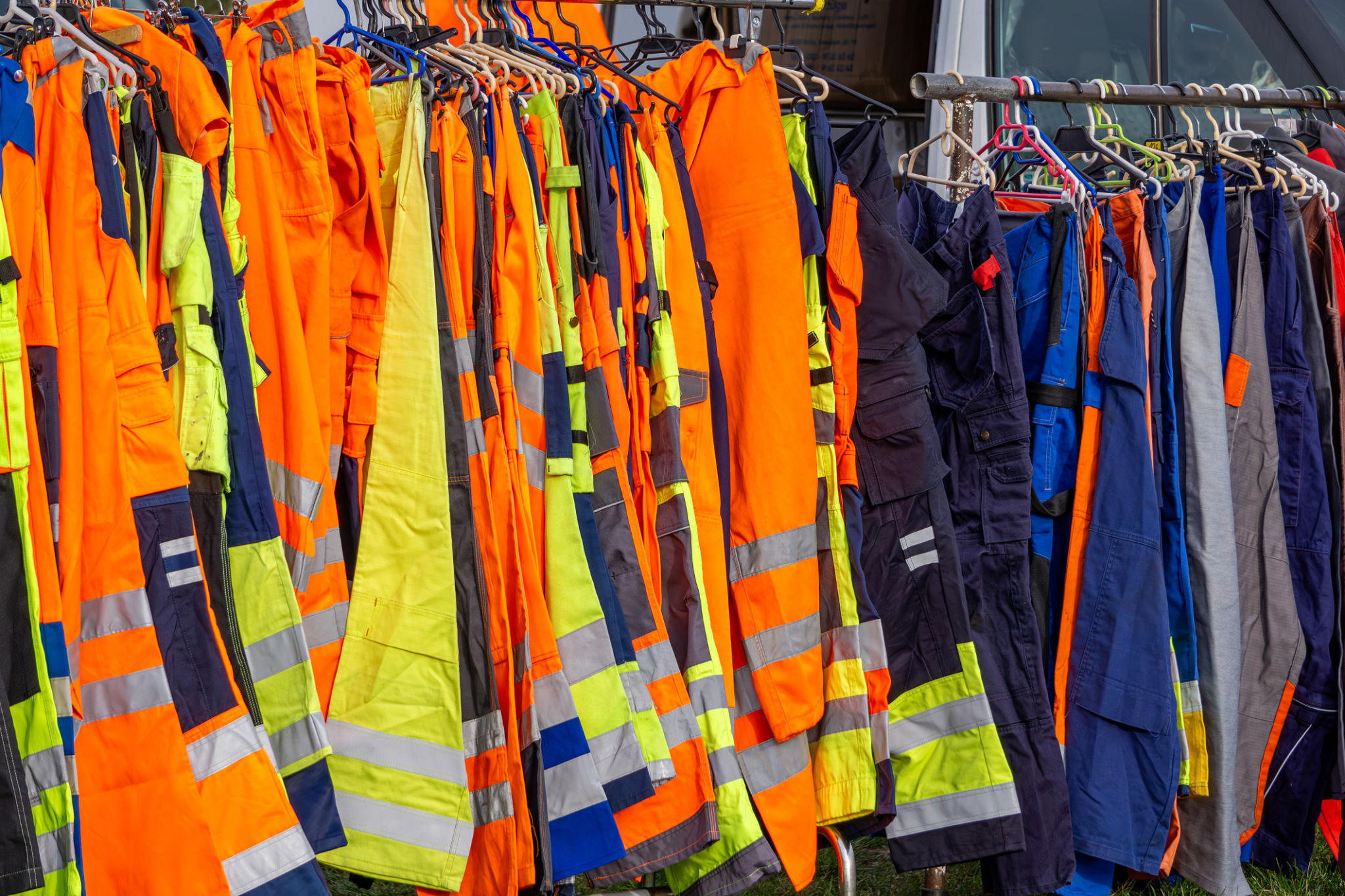Asbestos Inspection: What Homeowners Need to Know
Understanding Asbestos and Its Risks
Asbestos is a naturally occurring mineral once widely used in construction materials due to its heat resistance and durability. However, it poses significant health risks, particularly when the fibers become airborne and are inhaled. Prolonged exposure can lead to serious illnesses such as asbestosis, lung cancer, and mesothelioma.
For homeowners, understanding the potential presence of asbestos in their homes is crucial. This is especially important for those living in houses built before the 1980s, as asbestos was commonly used in insulation, roofing, and other building materials during that period.

The Importance of Asbestos Inspection
Regular asbestos inspections can help identify and manage any asbestos-containing materials (ACMs) in your home. An inspection is crucial before undertaking any renovation or demolition work, as disturbing ACMs can release harmful fibers into the air.
Professional inspectors are trained to safely identify and assess the condition of ACMs. They can determine whether these materials need to be removed or if they can be managed safely in place. Hiring certified professionals ensures that the inspection is conducted according to safety standards.
Signs That You Need an Inspection
There are several indicators that you might need an asbestos inspection:
- Your home was built before the 1980s.
- You are planning major renovations.
- You notice signs of wear and tear in older materials.

What to Expect During an Asbestos Inspection
During an asbestos inspection, professionals will examine areas where asbestos is likely to be found. This includes checking insulation, flooring, roofing, and pipework. Samples may be taken for laboratory analysis to confirm the presence of asbestos.
Once the inspection is complete, the inspector will provide a detailed report outlining the findings. This report will include information on the location, condition, and type of any ACMs found, as well as recommendations for management or removal.
Dealing with Asbestos Removal
If removal is necessary, it should always be handled by licensed asbestos abatement professionals. They have the equipment and expertise to safely remove and dispose of asbestos without putting anyone at risk. Attempting to remove asbestos yourself is highly discouraged due to the health hazards involved.

Managing Asbestos in Your Home
If removal isn't necessary, there are ways to manage asbestos safely in your home. This might involve encapsulation, where a sealant is applied to prevent fibers from becoming airborne, or enclosure, which involves placing a barrier around the ACMs.
Regular monitoring of ACMs is essential to ensure they remain in good condition and do not pose a risk to your health. Homeowners should also inform any contractors working on their property about the presence of asbestos to prevent accidental disturbance.
Conclusion
An asbestos inspection is a vital step for maintaining a safe home environment, especially in older properties. Whether you need to manage or remove asbestos, professional guidance is essential to ensure the safety of you and your family. By understanding the risks and taking appropriate action, you can protect your health and maintain peace of mind.
